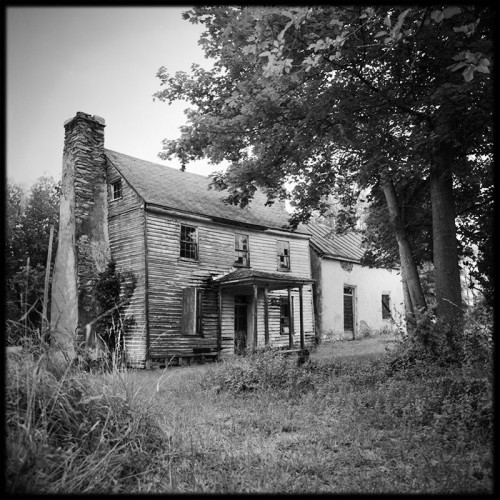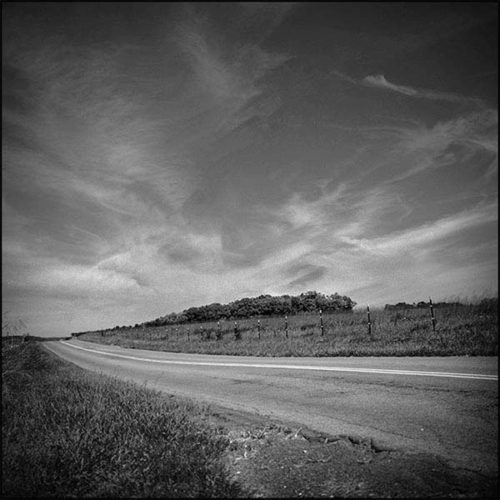News Blog
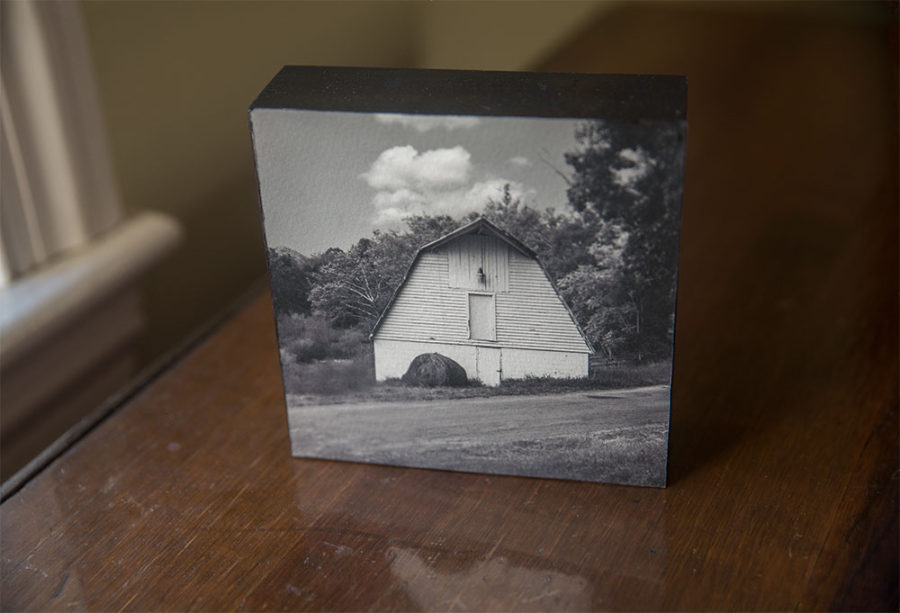
I have been trying something new with my photographs. Rather than framing them, I have begun pasting my pictures onto wood panels. Framing and matting can be expensive and this is a cheaper process. The photo I am showing here is tiny, just 5 x 5 inches square, and because it is 1 ½ inch thick, it can either be hung on the wall or set on flat surfaces. One of the cameras I use produces square-shaped photographs. It is a look I love, in part because it is different than the more common horizontal photos.
I have been doing the wood panels in different sizes, including horizontals such as 5 x 7’s and 16 x 20’s. I recently sold two of the larger panels at the Art League in Alexandria, Va., and some of my smaller panels at the Mosaic gallery in Fairfax.
Per usual, I’m a little late to this trend. As someone who spends a LOT of time watching HGTV, I began noticing that decorators are increasingly hanging artwork without frames. At the Torpedo Factory art center where I am a member, these wood panels have been popular among artists for some time, along with paintings and photographs on unframed canvases.

A recent sale: “Queen Anne’s Lace” in full bloom at the top of a mountain along the Virginia and West Virginia border. This native wildflower can be found in many parts of the United States. Queen Anne’s lace earned its common name from a legend that tells of Queen Anne of England (1665-1714) pricking her finger and a drop of blood landed on white lace she was sewing.
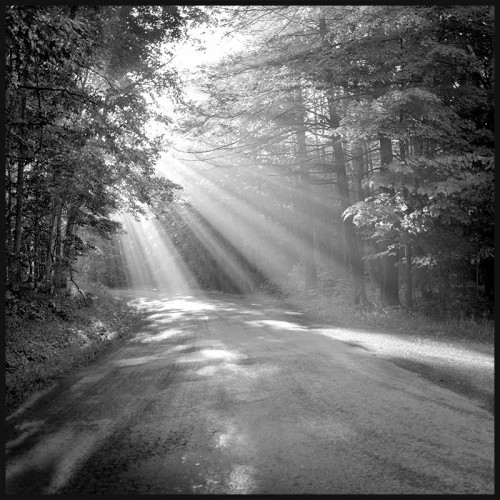
If you want to have a spiritual experience, get up early on a Sunday morning in West Virginia and drive down a country road. The early-morning light filtering through the trees will renew your faith. This photograph is currently on display at TAG gallery at the Torpedo Factory. I took it several years ago and it has been one of my best sellers.
Key Bridge is arguably the most beautiful of the bridges that connect Washington, D.C. and Virginia. This is a view of Key Bridge from the old Aqueduct Bridge Abutment in Georgetown. The Aqueduct Bridge was built to transport cargo-carrying boats on the Chesapeake and Ohio Canal in Georgetown across the Potomac River to the Alexandria Canal. The Aqueduct Bridge closed in 1923 after Key Bridge was constructed, and it was demolished in 1933. It is a little scary walking out to the edge of what remains of the old bridge where there’s an alarming drop off, but I’ll do almost anything to take a picture.
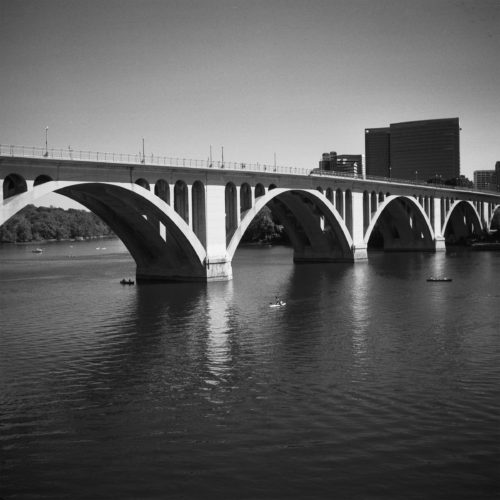
Key Bridge
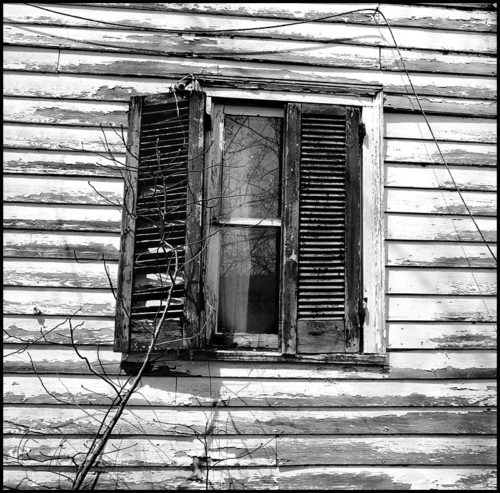
The birthplace of early 20th century writer Willa Cather, this broken-down house still stands along the main highway near Gore, Virginia. The Cathers moved to a finer brick house when their daughter was still a baby. When she was nine, they moved to Nebraska, and the Great Plains was the setting for several of her novels. Some sources say the Cathers moved to the plains for better farming opportunities and to escape a tuberculous outbreak rampant in Virginia at the time. But there was a lot of bad feeling in the Gore area after the Civil War. Some families had supported the south while others sided with the north. There is speculation the Cathers left after their barn was burned.
 I am happy to report that my photograph, Two Chairs, was juried into this month’s Art League “mini, max” show. The chairs I photographed are on a porch in Hampshire County, West Virginia, a beautiful locale where I love to photograph. There are a number of other great chair combinations on that same porch. I have photographed some but others await me.
I am happy to report that my photograph, Two Chairs, was juried into this month’s Art League “mini, max” show. The chairs I photographed are on a porch in Hampshire County, West Virginia, a beautiful locale where I love to photograph. There are a number of other great chair combinations on that same porch. I have photographed some but others await me.
Streetcars were once an important mode of transportation in Washington, D.C. but buses, which had many advantages over streetcars, including not having to travel on tracks, eventually became the more popular form of public transportation. The streetcar system in Washington, D.C. was dismantled in the early 1960s and the last streetcar ran on January 28, 1962. But some vestiges of the old streetcar system still remain, including these tracks running along P Street, NW in Georgetown.
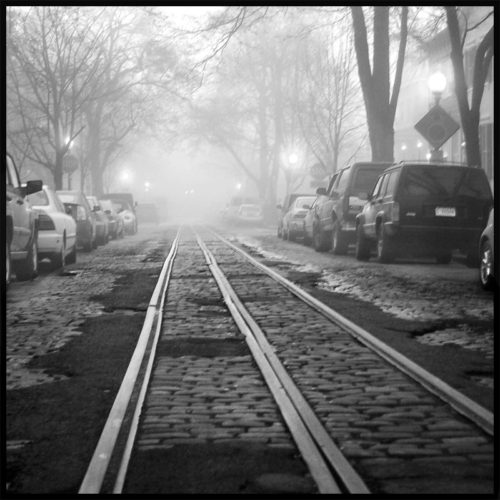
This picture was recently juried into the Superstitions and Beliefs at the Art League in Alexandria, Va. I took it at the Carlin Hall Community Center in Arlington, Va. It used to be a church, and the building dates back to 1892. I shot it with film, using my Mamiya 6 camera. After having the film processed, I scanned the negative into my computer and printed it from there. 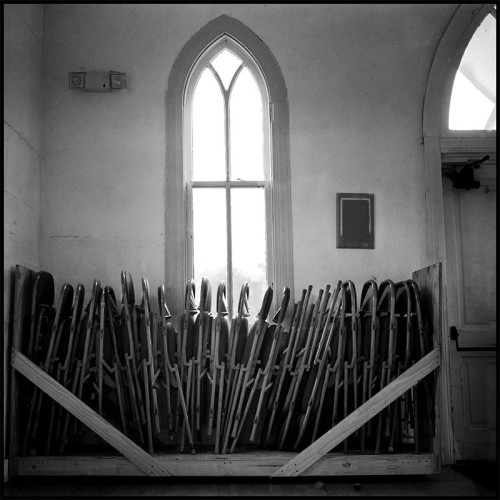
I recently photographed this wonderful old Loudoun County house. The house has an interesting history for me. About 5 years ago, I took a different photograph of it that I hung in the Torpedo Factory. The property was for sale at the time and a women who was interested in buying it happened to see my photograph. She saw it as a sign and purchased the property. 